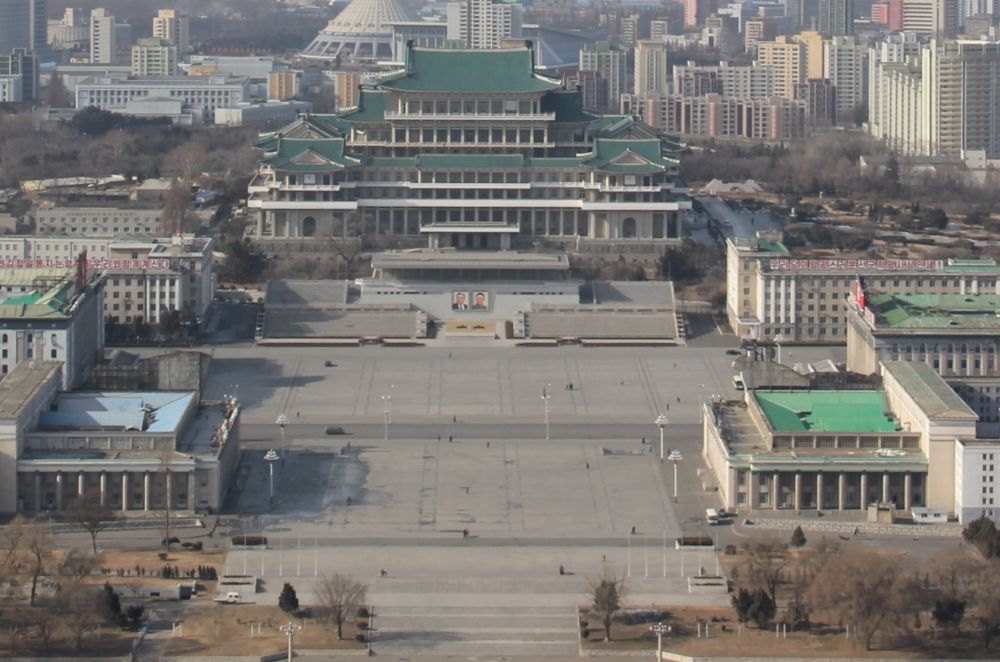

Kim Il Sung Square is one of the most important public places in Sinuiju, North Korea. Named after the country's founding leader, Kim Il Sung, the square is synonymous with grand military parades and mass gatherings often broadcast by state media to showcase national celebrations.
Kim Il Sung Square was established to honor the leadership and serve as a central location for state-sanctioned events. While the square itself is a testament to the country's architectural ambitions and the power of its ruling regime, tourism to the square and the broader region has been an evolving story.
Tourism to North Korea is heavily regulated and controlled by the state. Visitors are typically allowed into the country on guided tours and are subject to strict oversight during their stay. For many years, tourism to North Korea has mainly been for those seeking a glimpse into one of the world's most secretive societies, with Sinuiju and Kim Il Sung Square being highlights of such tours.
Access to the square for foreigners has typically been possible only under guided tours arranged by state-sanctioned tourism agencies. Photography in and around the square is restricted, and tourists are often advised on what they can and cannot capture on camera. Despite these restrictions, visiting the square provides a unique insight into the culture and governance of North Korea.
In recent years, there have been efforts to increase tourism to North Korea, with new tour packages and routes being developed. Some of these tours now include train journeys from China to Sinuiju, offering a new entry point into North Korea and a chance to explore the city and its famous square. Nevertheless, tourism remains a small and tightly controlled industry within the country.
The future of tourism at Kim Il Sung Square and in Sinuiju is uncertain, given the political and diplomatic dynamics of the region. North Korea's approach to international relations and its own tourism policies greatly influence visitation rates and the experience of tourists. However, curiosity about the Hermit Kingdom continues to drive interest in the tourism sector, albeit in limited numbers.
Given the global situation and how closed-off North Korea remains, those interested in visiting Kim Il Sung Square and Sinuiju should keep informed of the latest travel advisories and regulations. The square remains an enigmatic symbol of North Korea's past and present, and for the intrepid traveler, it offers a rare window into this isolated nation's way of life.